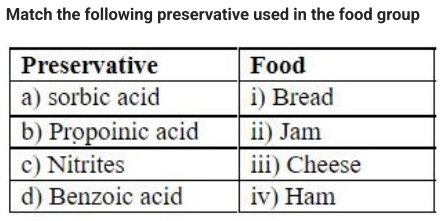Question
Which of the following statements is/are correct
regarding the impact of climate change? 1. Sea-surface temperature of Indian Ocean may increase by 1 to 2°C leading to intensification of cyclones. 2. There are likely to be 300 days in a year with maximum temperatures above 35°C in case of 1.5 to 2°C global warming. 3. El Nino–Southern Oscillation will lead to rainfall variability and compounded events in coming decades. Select the correct answer using the code given below:Solution
According to the Intergovernmental Panel on Climate Change (IPCC) report titled ‘Climate Change 2021: The Physical Science Basis’, glacial retreat in the Hindu Kush Himalayas; compounding effects of sea-level rise and intense tropical cyclones leading to flooding; an erratic monsoon; and intense heat stress are likely to impact India in recent years. Option 1 is correct. The Indian Ocean, which includes the Arabian Sea and Bay of Bengal, has warmed faster than the global average. The oceans factsheet released by IPCC indicates that sea surface temperature over Indian ocean is likely to increase by 1 to 2 degrees C (°C) when there is 1.5°C to 2°C global warming. The rapid warming of Indian Ocean would lead to powerful and intense cyclones in the region. Option 2 is incorrect. As per the IPCC report, heat extremes have increased while cold extremes have decreased, and these trends will continue over the coming decades over Asia. There are likely to be 90 to 120 days in a year with maximum temperatures above 35°C in case of 1.5 to 2°C global warming and over 180 days in case of 4°C warming. Option 3 is correct. Rainfall variability related to the El Niño–Southern Oscillation is projected to be amplified by the second half of the 21st century by the IPCC report. 2°C global warming has serious implications due to possible increases in extreme weather events like heat waves, heavy precipitation, intensification of tropical cyclones etc. Many regions are projected to experience an increase in the probability of compound events (i.e., different types of extreme events happening at the same time or one after the other). For example, drought followed by heat waves. Dry becomes drier and wet becomes wetter. This can be particularly alarming for India.
Which out of the following is a non-reducing sugar?
In active packaging Ca(OH)2 and NaOH acts as
a) Oxygen scavenger
b) Carbon Dioxide scavenger
c) Ethylene scavenger
d) Moisture remover
NABL follows the guideline of
The alcohol (Ethanol) is used for the precipitation of
Formaldehyde is used as preservative for
_________bacteria causes blackening of pickle.
Name the heat desiccated dairy product.
At which pH fruits and vegetables are divided into acidic and non-acidic for thermal processing:

The repeated washing of fruits and vegetables might remove
Relevant for Exams:


